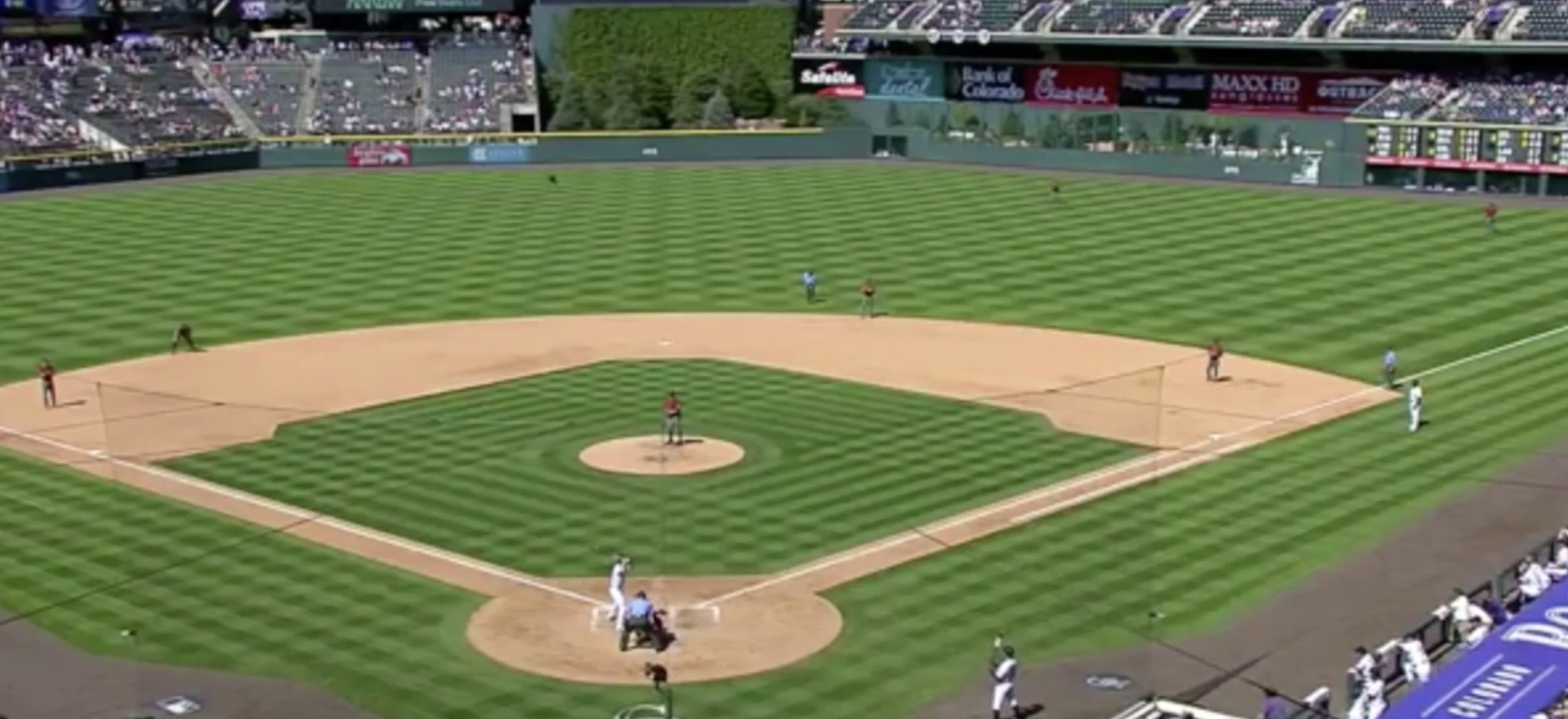Adam Ottavino Rebuilt Himself in a Vacant Manhattan Storefront
Between West 124th and 125th Streets on St. Nicholas Ave. in Harlem rests a street-level commercial space situated between a Dollar Tree and a Chuck E. Cheese’s, and it is where Adam Ottavino might have saved his career last winter.
The space was a solution to a problem. He lived in the city in the offseason with his wife and two-year-old daughter. In previous offseasons, he had traveled out to Long Island to work and throw at a facility, but the commute and practice time away was beginning to strain his family.
Moreover, Ottavino’s previous throwing partner, Steven Matz, had left the city and moved Nashville, Tenn., after becoming engaged. Finding a throwing partner and facility in Manhattan, the most prized real estate in the country, wasn’t easy. He knew Matt Harvey was one of a few major-league pitchers living in the city in the offseason, so he asked Harvey if he was interested in finding a place to throw, but Harvey declined.
“At that point, I was kind of screwed,” Ottavino said. “I didn’t know what to do.”
Ottavino, a Brooklyn native, required a productive offseason. He was left off the Rockies’ Wild Card roster weeks earlier after an awful 2017 season when he walked nearly seven batters per nine innings, leading to a 16% walk rate. He was in the final year of his contract. He had spent some time at Driveline Baseball after the season ended. He thought he had now had some solutions. He had bought tens of thousands of dollars worth of equipment with which to try and make himself a better pitcher. But he needed a place to experiment.


